-
Posts
19,724 -
Joined
-
Days Won
1,568
Content Type
Forums
Detector Prospector Home
Detector Database
Downloads
Posts posted by Steve Herschbach
-
-
Minelab GPS For CTX And GPZ With Notes On XChange2
GPS Mapping With The Minelab CTX And GPZ Detectors ( Part Two )
I really need to get part three done and posted. I am now procrastinating however waiting to see if the upgrade Minelab makes to XChange2 has things which would make my final post in the series obsolete before I post it.
-
Hi Fred,
Did you activate "View Geotrail" as described above? Also, if in a new session, you have to load old Geotrails before they are visible. See below - Show a Saved GeoHunt On the Map. View geotrail must also be activated as described in my last post.
You cannot load terrain maps, all you can record or reload are tracks or locations.
It is possible to mark landmarks as locations and load them. Camp, that old prospect, etc.
Minelab GPS For CTX And GPZ With Notes On XChange2
GPS Mapping With The Minelab CTX And GPZ Detectors ( Part Two )
-
-
I was partial to using Kuriyama Hose myself. It is available in different weights and for different temperature ranges. The problem with the hose that ships with Proline, at least in the past, is that it is very stiff in cold water. Kuriyama hoses are available that are more flexible at low temps (check the bending radius specs). The really big problem though is the Proline hose uses a spiral wind that is opposite what everyone else seems to use, and the fitting on the end of the hose to mate to the powerjet is fitted to this rather thin, reverse spiral.
My Proline 6" I retrofitted to Kuriyama heavy duty low temp hose. But I had to spend a couple hours grinding the exterior of the hose so the jet adapter fitting could slide over it and be glued in place with 5200 sealant. A real pain in the posterior.
Not a great answer but hope it helps. Check out the Kuriyama website linked above - lots of great info about hoses. Here are some basic charts (click for larger versions) - Tigerflex SH is popular with lots of people and Tigerflex W offers a heavy duty alternative. Tigerflex Catalog
An easy way to gauge how heavy duty the hose is would be to look at lbs per foot. For 4" hose:
SH400 1.06 lbs per foot
W400 1.92 lbs per foot
-
Looks funny but there is not far between this video and a decent beach detector at least. Just need the digger scoop arm on the back. Kind of like turning a Roomba loose on the beach!
-
 1
1
-
 1
1
-
-
-
-
I have been more concerned with how the coil does for gold prospecting though I did give it a quick spin at the park the other day. Nothing not a PI will hit a 10" coin in my ground so I can ignore that. I do know that the 14 kHz frequency and the Garrett AT Propointer interfere but that can probably be cleaned up with a frequency offset.
I just do not think outright depth is what this coil is all about. It should have slightly better separation in dense trash than the larger Deus coils and will no doubt light up small non-ferrous targets better. But more depth on coins in the clear - I doubt it.
I will be putting this coil and other detectors to the test over this next couple months in order to sort out what stays and what goes away this winter but for now I just do not have enough hours on the coil to make any solid determination except one. As usual, if gold prospecting is the main goal, it is very hard to get general purpose detectors with multiple intended tasks to do as well as machines built from the ground up with only gold prospecting in mind.
-
I have the Nugget Finder cover and it's ok, but I wish it was a little thicker for the price. Not much meat there and it will wear through rather soon I think with the big coil riding on top. However, it fits well and I figure I can then glue something to the bottom of it if need be, instead of glueing something to a very expensive coil.
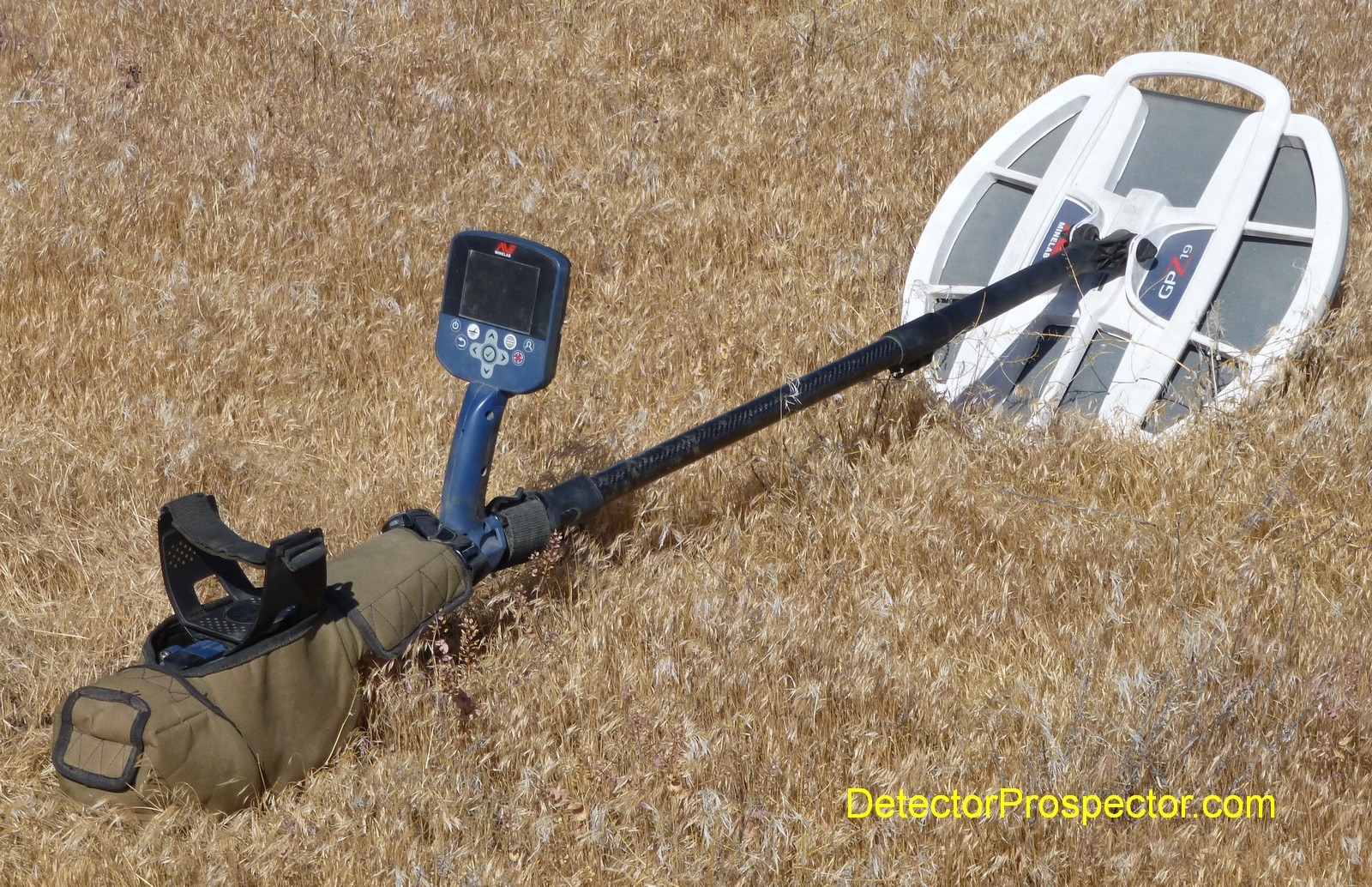
-
 2
2
-
-
On 8/6/2017 at 3:04 PM, johnedoe said:
The V3i has a black sand tracking feature as well but I haven't tried it either...I just don't live close enough to nugget country to get it out to test.
The Prospecting Scan (Alluvial Scan) is, as far as I can tell, a continuous graphic display of the ground phase which is the same thing as the ground balance setting. It is showing you the TYPE of ground mineralization, not the AMOUNT of ground mineral. See here for reference. Low numbers are salt ground and higher numbers ferrous ground. It is therefore not really analogous to the GMT "Follow Black Sand" Fe3o4 reading, which measure the AMOUNT of mineral.
The advantage as Jim has found is tracking ground phase can be done as you sweep normally, whereas making a mineral amount reading requires pumping the coil.
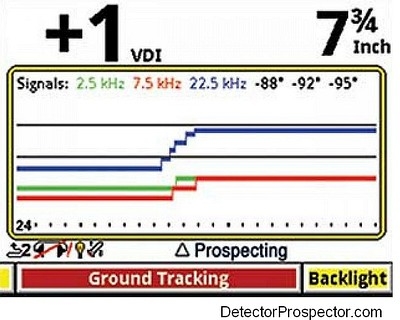
-
More information here on mineral type (GB numbers) and mineral amount (Fe3O4 readings)
http://www.detectorprospector.com/forum/topic/1599-gb-numbers-mineralization/
-
As far as I know the White's GMT is the first detector that Dave Johnson was involved in that included the Fe3O4 meter.
The White's GMT constantly displays the ground balance setting, typically in the 70-80 range. This number is telling you what type of mineralization is affecting the GMT and is very much akin to the target VDI number displayed on coin detectors except that here it is a ground reading. The GMT also displays the amount of the mineral being detected. This is called the "Follow Black Sand" reading because it can be used to trace shallow black sand deposits that in turn can be used to locate gold deposits. A reference number in the upper right portion of the display shows this value. The number grows as the coil is pumped up and down over concentrations of black sand. The readings are relative so the idea is to take readings at various locations across a dry wash for example, and then to focus on the highest readings as being the probable location of a black sand deposit.
From the GMT Field Report:
"The left number is labeled Ground Balance (Type of Mineral). This number is on a scale of 1-100. Higher numbers indicate more negative or "colder" ground, such as black sand. Lower numbers indicate positive ground, such as salt or alkali. This scale corresponds to the ground balance range, and the number shown will tell you roughly where the unit is ground balanced. The number on the right, again on a scale of 1-100, is labeled Follow Black Sand (Amount of Mineral). It will not only let you follow a stringer of black sand hidden in a wash, but it will also let you find old hard-to-see fine tailings piles from drywashers. Pumping the coil up and down may be more accurate than sweeping side to side for these chores."
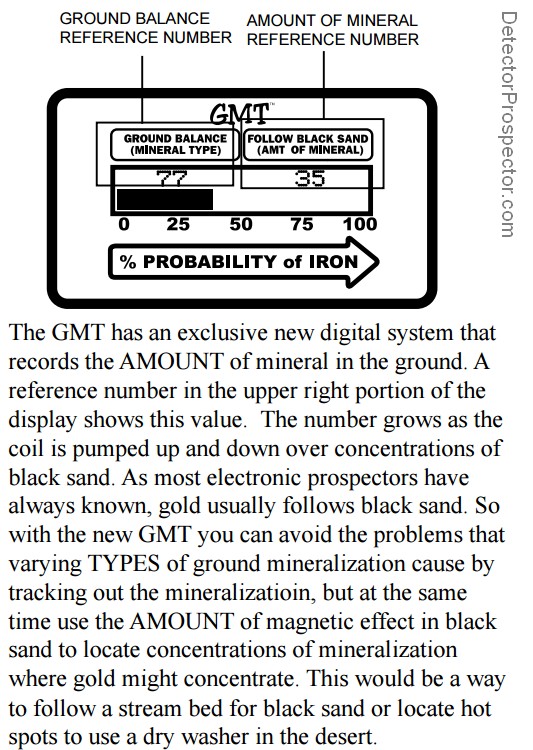
So, you are walking up a dry wash. You pump the coil here and you pump the coil there. You pump the coil over a spot to get an accurate amount reading. The answers are relative. One spot reads 30, another reads 50 (I am making these numbers up). The spot reading 50 generally has more magnetite in the soil. Not always as a shallow magnetite deposit might give a higher reading than a deeper deposit that actually has more. But all things being equal, the higher the amount number, the more magnitude. Ignore small differences. But twice as much in one spot versus all the others, perk up!
-
 1
1
-
-
1 hour ago, tvanwho said:
My buddy has got 1/2 ounce from dredging in Indiana just this year ,mostly from a spot others have written off as barren, including me. He does use a Hookah air system and dredges mostly alone and goes in up to 6 feet with boulders threatening him, but he does so well. A lot to be said for perseverence...his goal is an ounce for 2017.
Wow Tom, I think that is fantastic results for Indiana - kudos to your friend!
I have Chuck Lassiter's book. Kind of pricy but of the highest quality with great color photos and diagrams. I just can't resist a well made book.
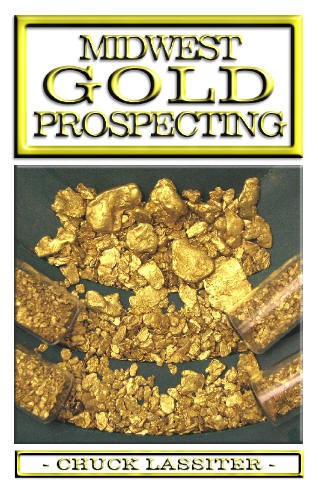
-
 1
1
-
-
Finally sat down and watched it - very nice video Tom - thanks!
-
I have been tweaking the colors a bit to get it back closer to what it was previously so not quite so jarring now.
-
 2
2
-
-
On 8/1/2017 at 10:07 AM, mn90403 said:
There is a feature on the 3030 that allows the operator to 'zero in' on a target in a hole. You hold in the pinpoint button and with sound you can center the coil over the target. I don't know if this is possible with the Z technology. I expect not.
Maybe Steve can tell us about that.
Sorry I did not comment on this earlier.
All metal detectors have a "fringe area" or as I think about it in reverse "items that are at the limits of detection". Weak targets, "iffy" targets, etc. all occur in this region. It's not an arrow straight down but a "rind" surrounding the detection field.
Almost no prospecting detectors feature a pinpoint button, and on detectors that have a pinpoint button I rarely use it. Wave coil over target, maybe from two directions (I rarely do that), eyeball the target, dig. The only time I employ pinpointing aids as a rule, whether it is a button on a detector or a pinpointer, is when digging in groomed lawns.
On most coin detectors the pinpoint button just takes you from discrimination mode to a non-motion all metal mode. Most VLF nugget detectors are already in slow motion all metal mode so all a pinpoint button would do is impose a non-motion which is a minimal difference. Presumably a pinpoint mode could be added to the GPZ or other nugget detectors but the main issue is this is the first time I have heard of anyone wanting it. Without a lot of demand I would not look to see it happening.
Pinpointing is just something that takes practice. I have no problem pinpointing with most detectors. The real problem is not the detector, it's the target. Most good targets center under the coil as the strongest location of the signal. However, elongated targets sitting horizontally, like a long nail, have two signals, one off each end. This can cause an operator to sometimes center on one of the offset end signals and dig a hole that misses the target, which is just off to one side. The only way to avoid this is to be careful to try and note double signals, but items buried at a diagonal can trick you even there. Deep holes with nails or spikes - that is where a pinpointer can be handy while nugget detecting.
Bottom line for me is I never have a problem pinpointing gold nuggets, coins, rings, etc. It is the junk that presents the problem and as soon as I find myself chasing a signal it is almost sure to be junk.
-
 7
7
-
-
Well, it sounds like most any organized competition hunt with the exception of "You don't get to dig or recover the targets." I am not sure many folks would be excited by that. I have never been one for planted hunts myself though so I am not the best judge.
-
"A scramble by the lithium market’s biggest players to tie up supply of the high-tech metal is gathering pace in the 170-year-old heartland of Australia’s $90 billion mining industry."
-
Thanks Jim, that's the first time I have seen anyone ever truly try to put the "Follow The Black Sands" function to the test.
-
Published on Aug 4, 2017 - Testing the new Deus HF elliptical coil against the Garrett AT Gold on a gold earring.
-
 1
1
-
-
Interesting. In theory a metal detector can induce currents into circuits, and that in turn could cause things to happen. Normally I would think the currents induced are too weak but with today's microprocessor controlled low current technologies who knows. Something only the engineers and detector building geeks can answer.
-
As far as tellurides go I am not a metallurgist and so I really can't speak to the subject of which tellurides are conductive and by how much.
The metal detectors we discuss on the forum are not gold detectors. The thing they do in particular that we like is detect conductive items, and with discrimination non-ferrous conductive items. There is no real difference if the goal is detecting gold, or lead, or aluminum. The choice of detector will be the same depending on the size of the item to be detected, how deep it is, how mineralized the matrix (ground) is, and how much trash is about.
A Gold Bug 2 might be a good option, and in severe soil a SDC 2300 might be another option. The Falcon Gold Probe is a pinpointer and while quite sensitive is really only for spot checks.
-
 2
2
-
-
I was crossing my fingers for you but when you head to places where you have never heard of nuggets being found with a detector before... well, the odds are very low. I do that from time to time and frankly I almost always get skunked. Still, it needs to be done as you never know unless you try. Most people in the forum who show gold, including myself, are almost always finding it in places where it has been found before.
-
 4
4
-
-
Gold is gold wherever it is found. That is a real nice variety of good finds!
-
 2
2
-


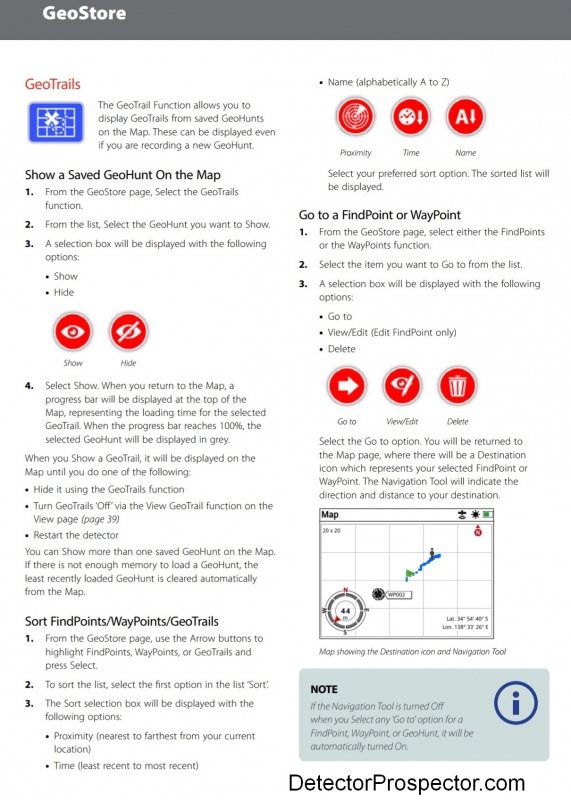
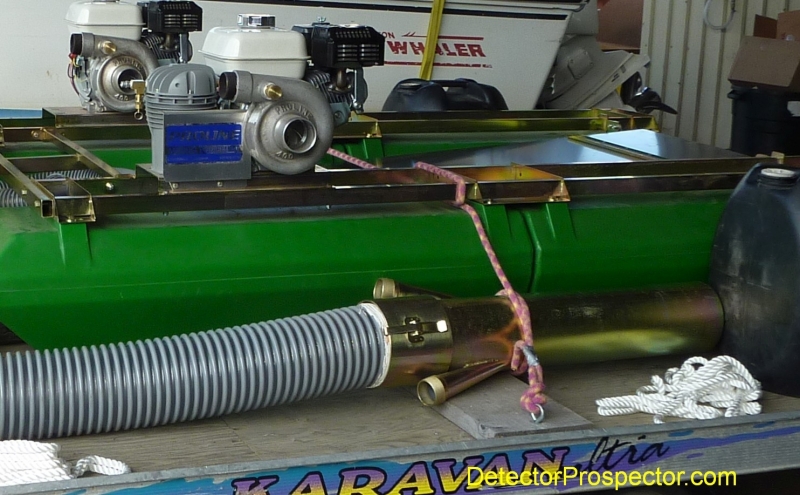
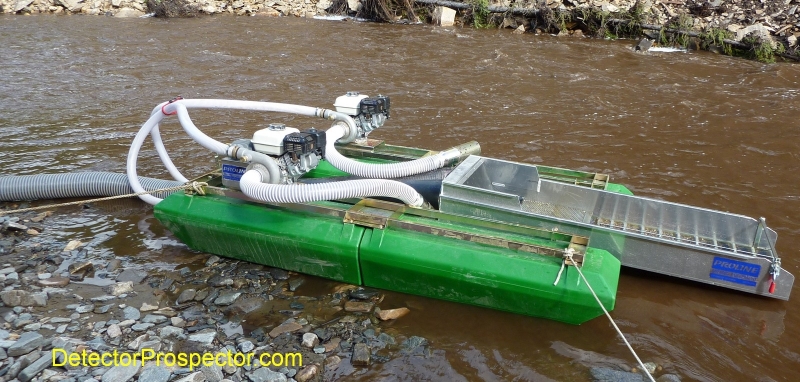
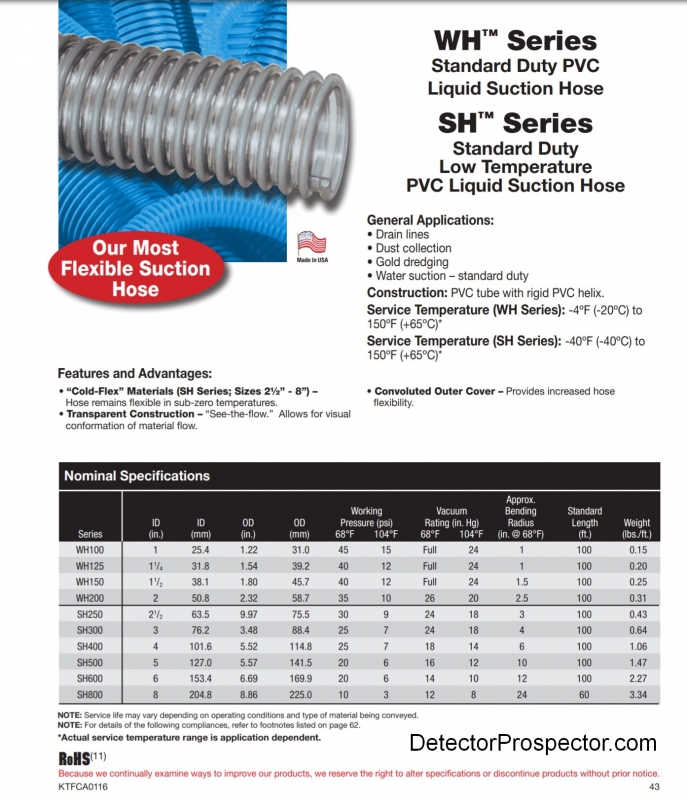
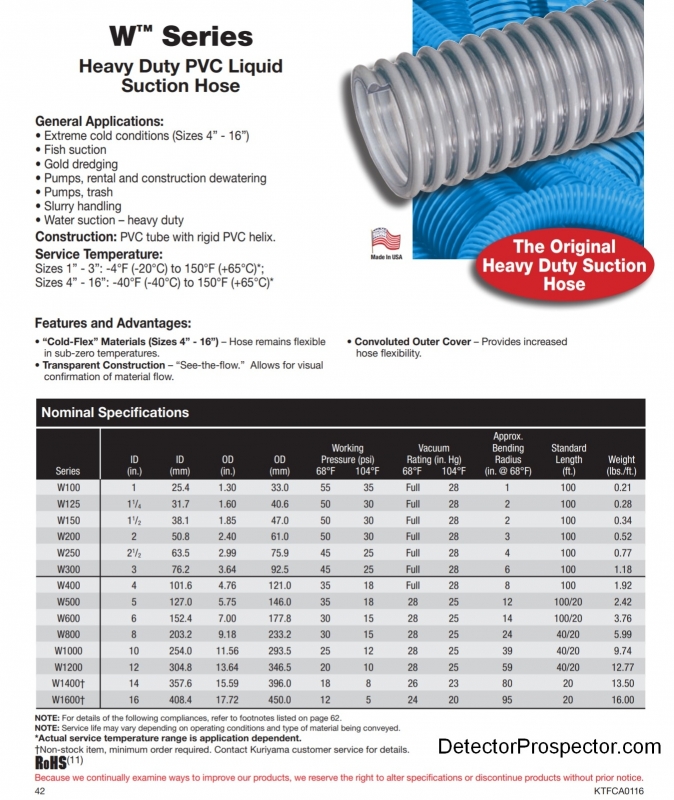
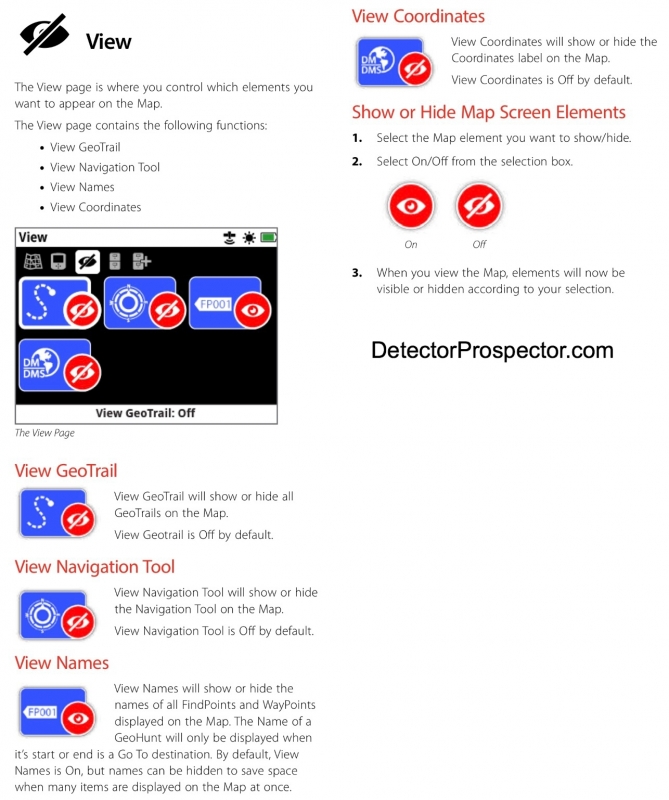
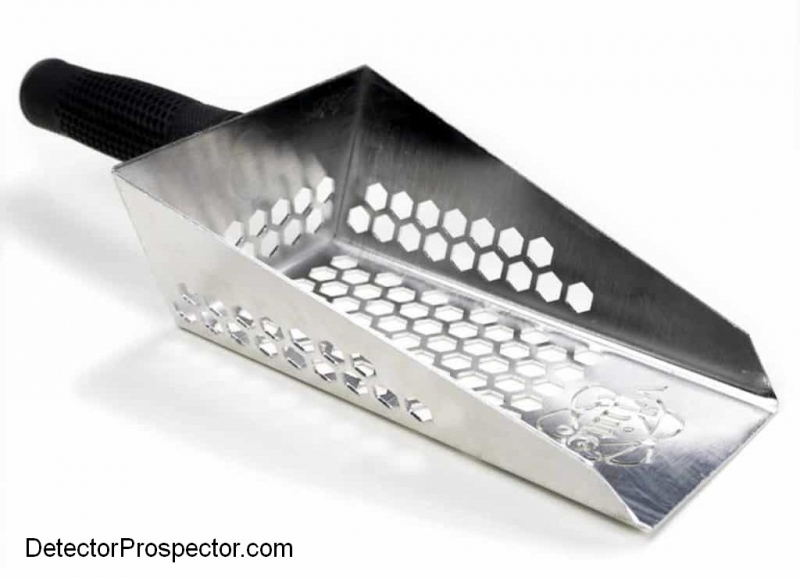
Blind Lead...
in Detector Prospector Forum
Posted
If you just showed me the pictures with no back story attached I would say melted aluminum. I have fished globs like that out around campfire sites many a time. Melted lead/zinc from batteries is also common. So question number one - is it heavy for the size?
Some Common Ore Test Procedures